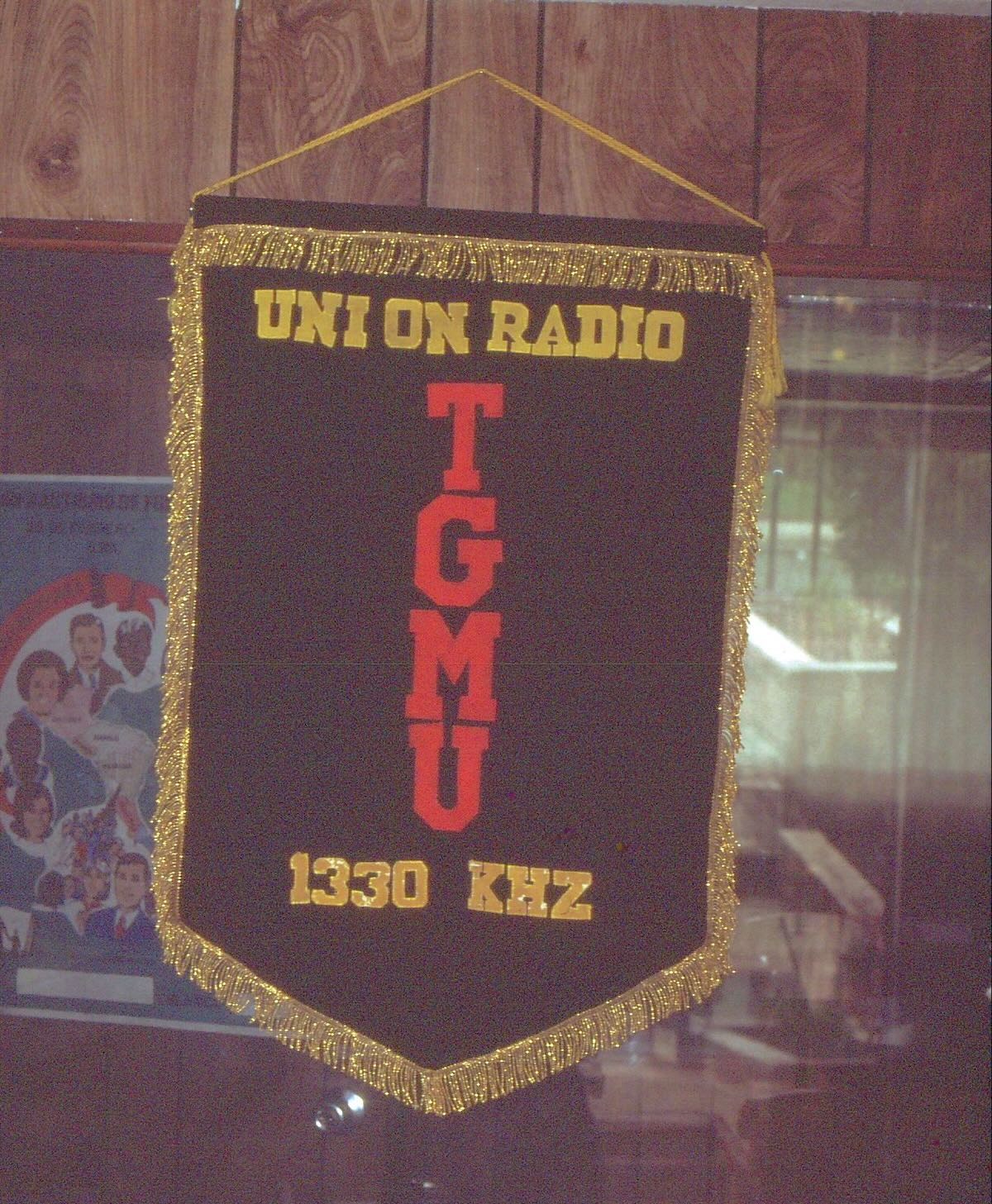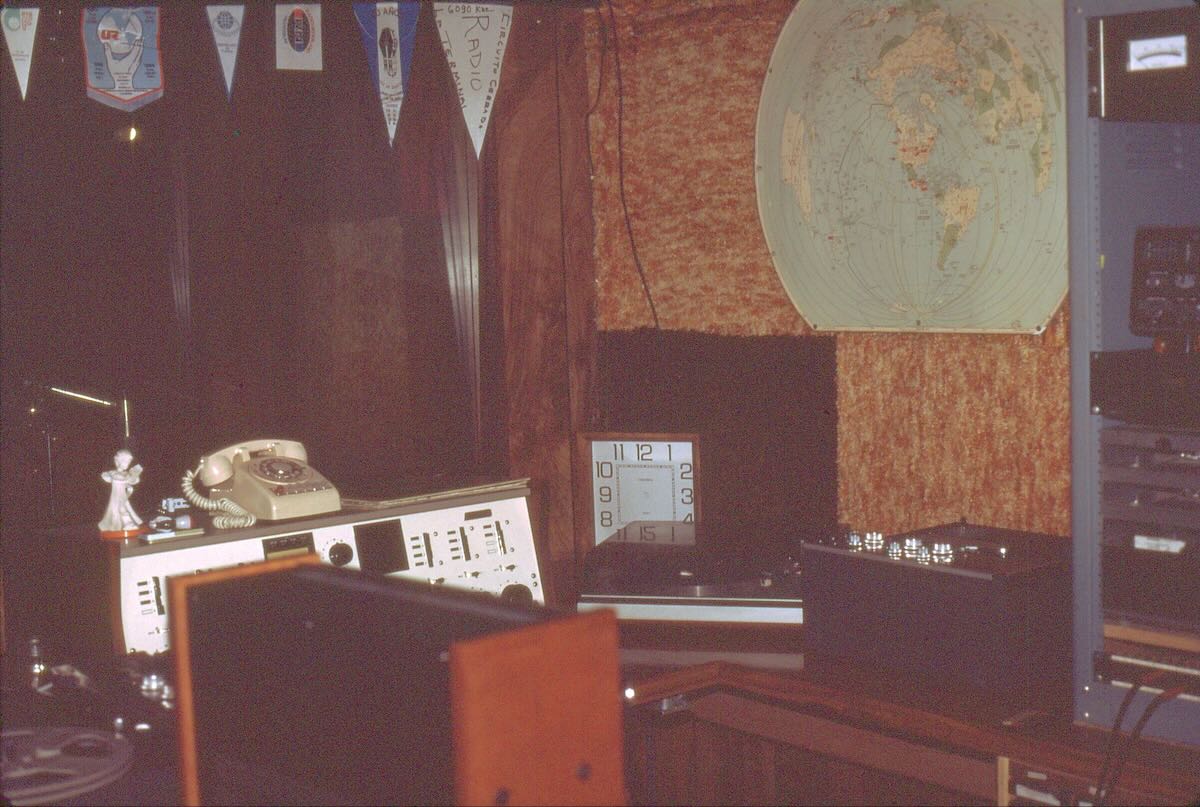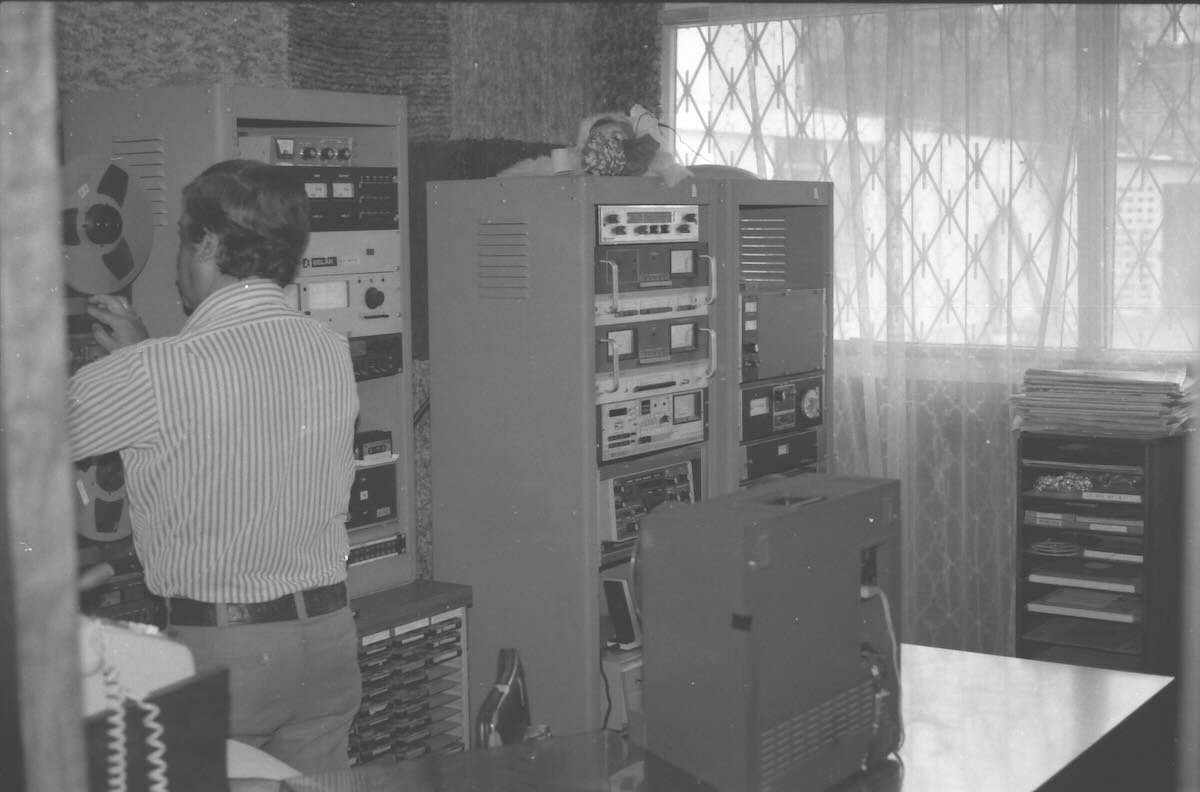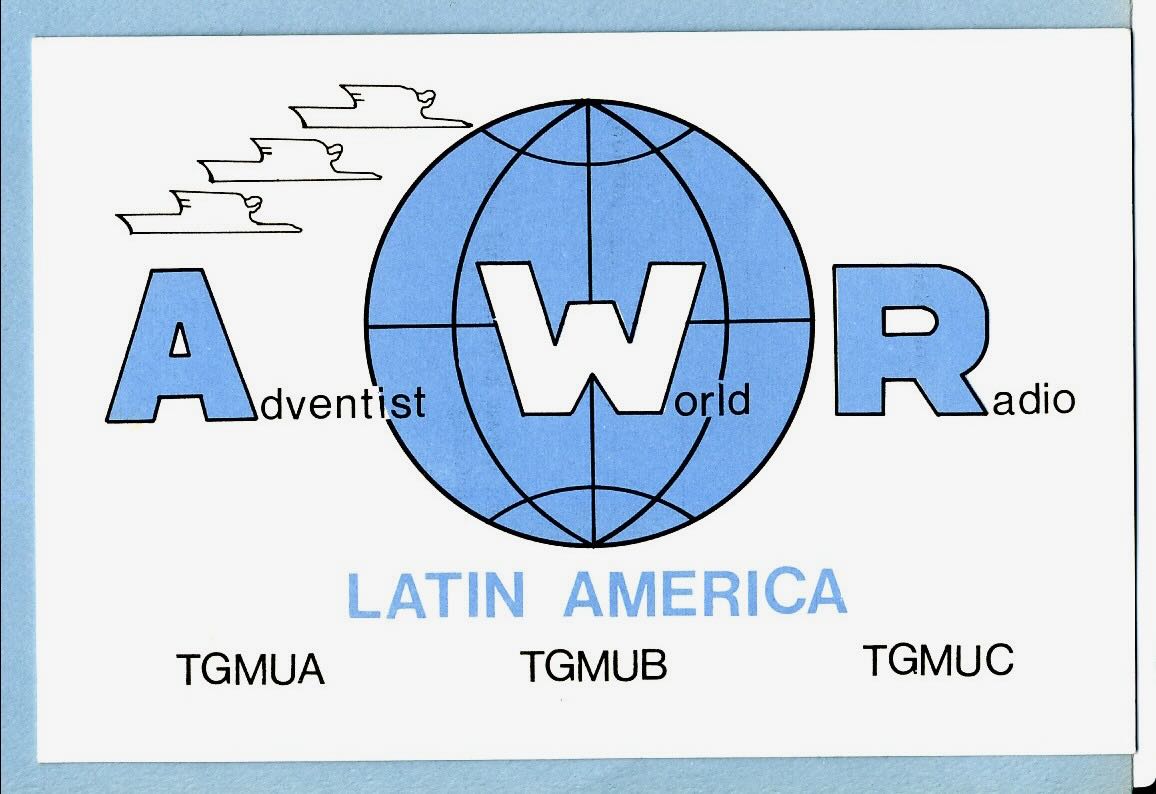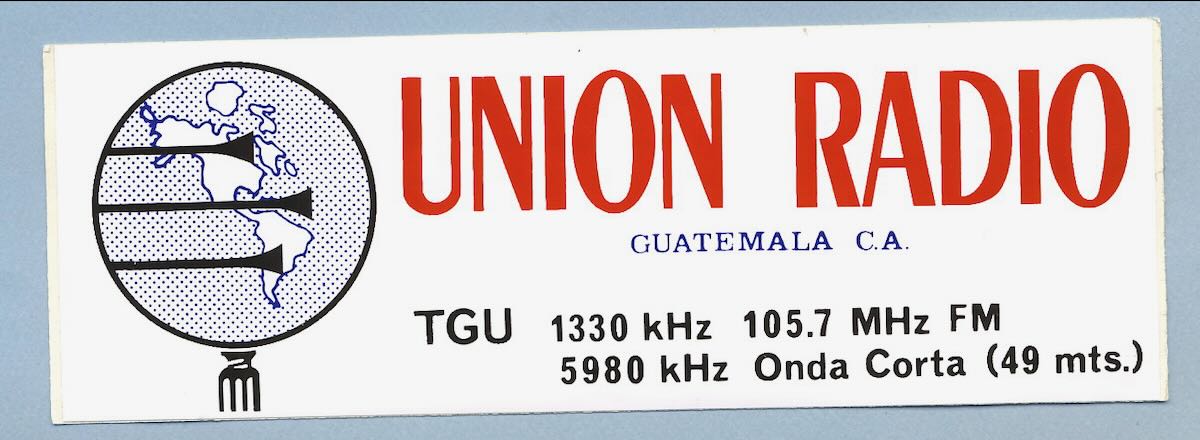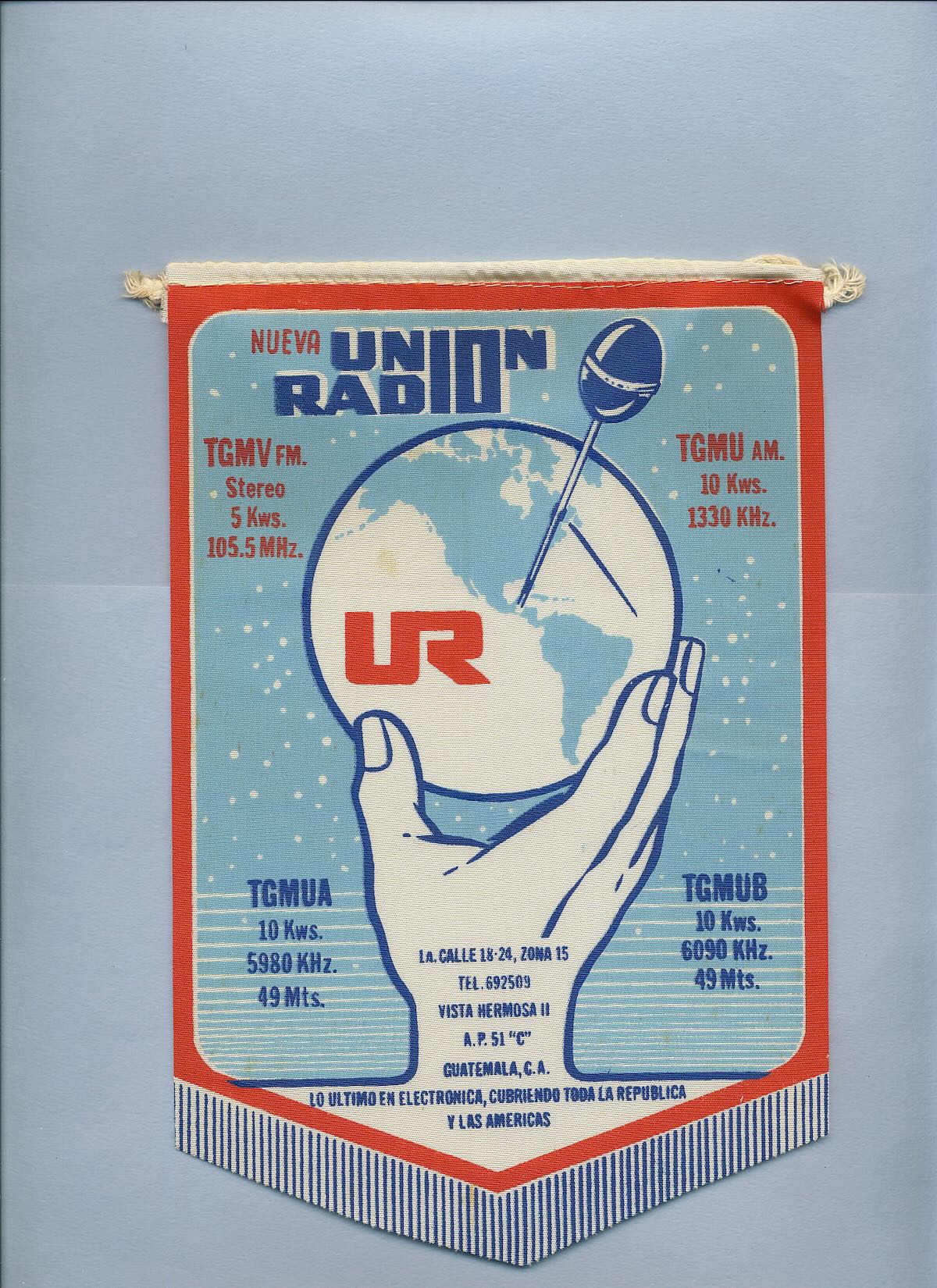Many thanks to SWLing Post contributor Don Moore–noted author, traveler, and DXer–for the latest installment of his Photo Album guest post series:
Don Moore’s Photo Album: Guatemala (Part Two) – Guatemala City
by Don Moore
More of Don’s traveling DX stories can be found in his book Tales of a Vagabond DXer [SWLing Post affiliate link]. If you’ve already read his book and enjoyed it, do Don a favor and leave a review on Amazon.
Guatemala City, the country’s capital, is the political, economic, and social hub of the country. The next largest city, Quetzaltenango, is less than a fifth as big. Guatemala City also forms a pivot point dividing the country. The departments to the west and the Verapaz region to the north are heavily indigenous. Quiché department is named after the country’s largest Mayan group. The Pacific departments to the south and those to the east are mostly populated by Spanish-speaking ladinos, which is what mestizos of mixed Spanish and indigenous heritage are called in Guatemala. It’s the ladinos and Guatemala’s small European-descended upper class who rule the country. Although the Mayans and a few smaller groups represent half of Guatemala’s population, the country has never had an indigenous president. That’s not where the power lies.
While I was working in Honduras, all of my visits to Guatemala included a few days in Guatemala City. It wouldn’t make anyone’s lists of Latin America’s best capitals but I always enjoyed returning. It felt like a city. Honduras’ capital of Tegucigalpa felt like an overgrown small town.
Guatemala City had a very diverse radio scene with stations programming for all the segments of the population. You could tune in everything from Guatemalan marimba music to English-language rock to Spanish-language romantic pop to Mexican ranchera to Argentine tango. There was even a commercial classical music station on medium wave. Several of the stations – Radio Nuevo Mundo comes to mind – had very professional news departments. And three of Guatemala City’s radio stations broadcast on shortwave.
But for me the best part of visiting Guatemala City wasn’t the shopping or the museums or even visiting the radio stations. It was getting to see my friends in the Guatemala DX Club.
Guatemala DX Club
In early 1983 I connected with the Guatemala DX Club through Radio Netherlands’ Spanish language DX program, Radio Enlace. I first got together with them on my second visit to Guatemala in June 1983 and then made a point of visiting them every time I came to the city. The GDXC had several dozen members, mostly in Guatemala City. Only about eight or ten regularly participated in club events and those are the ones I met. The club had occasional meetings, sometimes organized visits to radio stations, and published an annual newsletter. They also produced a weekly fifteen-minute DX program on La Voz de Guatemala.
This photo was taken during my last visit in December 1987. In the back row are Carlos Zipfel Valencia, Jorge Luis Álvarez, and Edgar Oliva. Me and Ralf Gruner are seated in front.
Edgar was an official monitor for Deutsche Welle and had a beautiful huge Grundig receiver that the station had gifted to him. It had been sent by diplomatic pouch to the West German embassy where he had picked it up in person.
Carlos’ father, Carlos Zipfel y García, was a well-known Guatemalan writer but Carlos was more interested in the spoken word of radio. After getting a communications degree he received professional training through programs run by Radio Netherlands and Deutsche Welle and pursued a career in broadcast journalism and management. At different times he’s served as a producer for La Voz de Guatemala, director of Radio Universidad de San Carlos, and in various roles for several public and non-government organizations such as the Federation of Guatemalan Radio Schools.
I’ve always liked the GDXC pennant. It was intentionally designed to point left so that it would easily fit on the wall between the usual right-pointing radio station pennants. Only a DXer would think of doing that! The design features Guatemala’s national bird, the quetzal, which is known for its long tail feathers.
La Voz de Guatemala
During my first visit with the club, Carlos used his day off to take me to visit the radio station he was working at plus several more medium wave and FM stations. He already had many professional contacts so I had some very memorable station tours. Carlos also used his press credentials to get me a private tour of part of the Palacio Verde, or presidential palace.
The station I was most interested in seeing was the official government radio station, TGW La Voz de Guatemala, also sometimes called Radio Nacional de Guatemala. I had a very long visit there as Carlos, of course, had connections. It was he who produced the club’s weekly DX program on TGW.
The Estudio Maya was a spacious room where live marimba music concerts were broadcast each week. The station even had its own handmade marimba. The use of the name Estudio Maya is interesting. Guatemala embraces the historical image and importance of the Mayans while at the same time ignoring the present-day Mayan population. Half of Guatemala’s population speak Mayan languages but the national radio station only broadcast in Spanish.
Visiting radio stations usually includes collecting souvenirs and TGW didn’t disappoint. Here are several items from the station’s 50th anniversary in 1980. I also picked up several QSLs signed and sealed not just by the head station producer but also by Carlos on behalf of the Guatemala DX Club.
TGW La Voz de Guatemala, 640 kHz, as recorded in Guatemala City in June 1983:
A Musical Interlude
The marimba is Guatemala’s national musical instrument and if you ever heard one of Guatemala’s shortwave stations you surely heard the music. Like the banjo, the marimba is an instrument that always sounds happy. It’s impossible to play a sad song on one. The instrument is like a xylophone but is made of wood. Although smaller ones do exist, a true marimba requires seven musicians playing in unison. A live concert is an amazing sight.
If you can’t get to a live show, then check out the magic of the marimba in this video. Marimba Chapinlandia is one of the oldest marimba bands in Guatemala.
https://www.youtube.com/watch?v=7oeLCOxE_Ww
But Guatemala has more than traditional marimba music. Carlos introduced me to the music of Guatemala’s first true rock band, Alux Nahual. The band started out as six university students with a variety of musical backgrounds. One played excellent classical Spanish guitar. And then they added a very different seventh member. Early band photos show six skinny Guatemaltecos, some still in their teens, and a hulking mustachioed gringo in a vest and cowboy hat. Jack Schuster was one of their professors and an expert on tropical beetles. (He would later name two species he discovered after the band.)
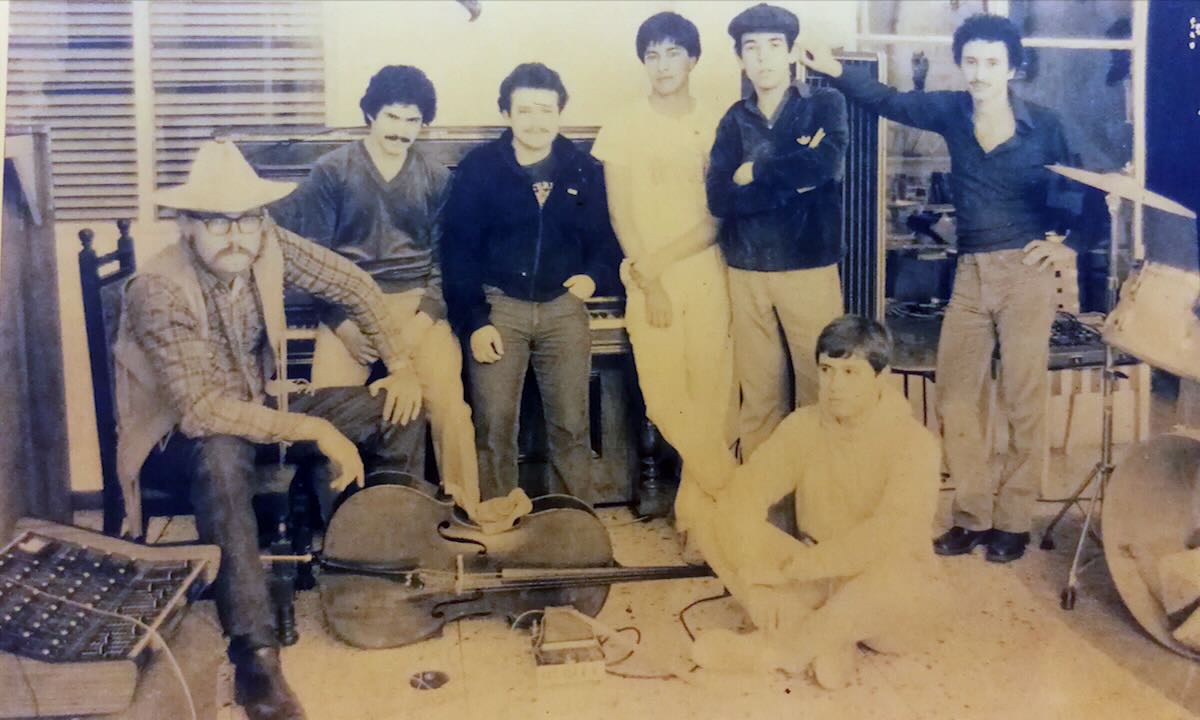 Jack played a Celtic fiddle and that added a very unique sound to Alux Nahual’s music. My favorite example is Cola de Golondrina, the first song on their first album. It’s a mix of Celtic fiddle, classical Spanish guitar, and progressive rock.
Jack played a Celtic fiddle and that added a very unique sound to Alux Nahual’s music. My favorite example is Cola de Golondrina, the first song on their first album. It’s a mix of Celtic fiddle, classical Spanish guitar, and progressive rock.
https://www.youtube.com/watch?v=PaqtjQ2bOBk
Here’s a live version of the same song filmed at the last concert Jack did with the band in 2013.
https://www.youtube.com/watch?v=e4DKiVw5YC4
Check the band out if you like to hear music you can’t find on your local radio station. Conquista, the title track from their second album, is another of my favorite songs.
https://www.youtube.com/watch?v=exRKSEHZABA
The Adventist Station
In the 1978 the Seventh Day Adventist Church bought an existing station in Guatemala City, Unión Radio, with the intent of turning it into a large shortwave station broadcasting to North and South America. Unfortunately, they were unable to get around several Guatemalan laws, including one which limited privately owned radio stations on medium wave and shortwave to transmitters of 10 kilowatts. Instead Unión Radio remained a regional station on 1330 kHz medium wave and 5980 kHz shortwave.
I visited the station in its suburban Guatemala City location in June 1983. The Adventist Church had invested heavily in equipping the station and at the time it was the most modern radio station in all of Central America.
Unión Radio Studio ID #1:
Unión Radio Studio ID #2:
Unión Radio Studio ID #3:
Next: Part Three – Guatemala City (continued)
Links
- Early Bulletins of the Guatemala DX Club
- Some Early History of the Guatemala DX Club
- TGW La Voz de Guatemala web page
- TGW La Voz de Guatemala Facebook Page
- Union Radio web page
- Union Radio Facebook page
- Video about the history of Union Radio from the station’s 45th anniversary in 2023.
- Alux Nahual Music on Amazon.com
- Alux Nahual website
- Alux Nahual Facebook Page
- Alux Nahual YouTube Channel












